The Australian Skills Quality Authority (ASQA) released its Corporate Plan 2023-24. The plan highlights ASQA’s observed regulatory risk priorities in Australia’s Vocational Education and Training (VET) Sector and its strategic objectives for the coming years.
ASQA Chief Executive Officer Saxon Rice stated, “Our forward program of work and regulatory risk priorities continues to reflect the complex changes experienced across our business operating environments and changes impacting the system and providers over the past few years,” while sharing the details of ASQA’s Corporate Plan 2023-24. “We are committed to continuously improving, including through implementing a new Service Charter and improved service standards, as well as ongoing implementation of an agency-wide approach to enhance our data and intelligence capability to inform and prioritise our regulatory activities and resources.”
Significant Risk in Eight Key Areas
Using a risk-based approach, ASQA determined the most significant risks to ensuring quality VET and the integrity of national qualifications issued by training providers. ASQA’s environmental scan using data and information from a range of sources identified significant risks in eight key areas, which include:
- Student Work Placement
- Academic Integrity
- Online Delivery
- Shortened Course Duration
- Recognition of Prior Learning (RPL)
- Workforce Capability
- Governance Through Change
- International Student Delivery
These key areas are where ASQA will predominantly focus their attention and will continue to take a proactive approach to monitoring market settings and provider behaviour through:
- Targeted assessment, monitoring and enforcement using a range of monitoring activities of providers, such as those delivering in areas where there is an assessed level of risk
- Strategic engagement with stakeholders and providers and feedback to identify environmental risks
- Ongoing scanning of the VET sector using regulatory data, intelligence, and insights from ASQA’s partners to enable early detection of and proportionate responses to identified risks.
In line with ASQA’s proactive approach to identifying risks and delivering best practices for Australia’s VET sector, the VET-regulating body planned out strategic objectives. The five strategic goals align with ASQA’s Portfolio Budget Statement (PBS) 2023-24 performance criteria. For each strategic purpose, ASQA identified key activities, key performance indicators (KPIs), measures, and targets to assess their performance.
ASQA’s Strategic Objectives 2023-24
ASQA’s strategic objectives for the Corporate Plan 2023-24 are as follows:
- ASQA’s regulatory approach promotes a culture of self-assurance and continuous improvement.
- ASQA’s regulatory approach is best practice, integrated, risk-based and proportionate.
- ASQA’s regulatory approach is transparent and accountable.
- ASQA will engage, collaborate, and partner with stakeholders to improve regulatory outcomes.
- ASQA’s people and operations are supported and capable of delivering this plan and continuously improving.
Let’s look closer at ASQA’s strategic objectives for 2023-24, their critical activities and how they can affect your registered training organisation (RTO).
ASQA’s Regulatory Approach Promotes a Culture of Self-Assurance and Continuous Improvement
ASQA aims to elevate provider’s self-assurance and foster continuous improvement within the RTOs through:
- Collaboration for Capacity Building: ASQA plans close cooperation between the Department of Employment and Workforce Relations (DEWR) and other stakeholders to enhance the VET sector’s capacity for continuous improvement. This partnership will also involve developing self-assessment tools to prepare RTOs for implementing revised standards.
- Education and Guidance: A commitment exists to provide education and guidance to RTOs and new market entrants. The aim is to communicate expectations and obligations that RTOs must meet to continually comply with the standards and improve education quality.
- Data-Driven Identification of Non-Compliance: The focus is on using data and intelligence resources to pinpoint common areas of non-compliance with standards. This approach allows for offering constructive feedback and information about non-compliance risks.
- Regulatory Approaches and Tools: The regulating body actively develops regulatory approaches and tools to encourage self-assurance and continuous improvement among RTOs. The goal is to ensure these expectations are well-defined and universally understood in all interactions with regulated entities.
What does this mean for your RTO?
This strategic objective represents a proactive approach towards enhancing educational quality. Your RTO should prepare for possible changes in the standards and regulations. ASQA stands as a partner in this journey, offering guidance and support. However, it is imperative for your RTO to diligently adhere to the evolving standards to maintain compliance and deliver exceptional education outcomes.
ASQA’s Regulatory Approach is Best Practice, Integrated, Risk-Based and Proportionate
ASQA aims to maintain a robust regulatory framework that embodies best practices, is risk-based, data-driven, and proportionate by practising the following:
- Data-Driven Risk Assessment: Using meticulous analysis of data, intelligence, and information resources to spot and react appropriately to risks in the VET sector.
- Stakeholder Collaboration: Recognising the importance of working together with stakeholders, they’ll engage to get insights into risks in the sector, both for individual providers and across the whole dynamic scene.
- Risk-Based and Proportionate Regulation: ASQA commits to applying a risk-based and proportionate approach in various regulatory aspects, including,
-
- Registration of VET training providers for national qualifications and courses for overseas students
- Accreditation of national courses to meet statutory requirements
- Monitoring of training provider compliance with the VET quality framework and applicable legislations, including the ESOS Act and National Code 2018
- Holding providers accountable through compliance tools and enforcing their obligations
- Conducting educational activities related to RTO regulation and promoting and enhancing provider capacity for delivering quality VET
-
- Collaborative Data Sharing: ASQA will collaborate with key entities such as DEWR, DoE, State and Territory authorities, TEQSA, Department of Home Affairs, and other regulators. The aim is to exchange insights, data, and regulatory strategies, enabling a deeper understanding of provider diversity, characteristics, and behaviour and facilitating risk-based regulation.
- Enhanced Reporting: To improve reporting on outcomes resulting from risk-based regulatory activities, the regulatory body will actively share the insights and feedback derived from these activities with the VET sector.
- Global Best Practices: ASQA will remain open to considering and learning from best practice regulatory approaches implemented in other jurisdictions. This commitment reflects ASQA’s dedication to continuous improvement and aligning with international standards.
What does this mean for your RTO?
This strategic objective underscores ASQA’s commitment to ensuring the highest quality standards in the VET sector. Your RTO should be ready for a regulatory environment that is proactive, data-informed, and proportionate in its response to risks. Collaboration with stakeholders and a focus on compliance are critical aspects of this strategic objective. It also signifies ASQA’s dedication to transparency and learning from global best practices in regulatory frameworks.
ASQA’s Regulatory Approach is Transparent and Accountable
ASQA places great importance on effective information management and transparency in its regulatory activities. Here’s how they plan to do that:
- Comprehensive Information Handling: ASQA dedicates itself to collecting, analysing, interpreting, and disseminating information related to the VET and provider performance. This entails systematically gathering data, making sense of it, and sharing relevant insights.
- Legally Compliant Information Publishing: ASQA adheres to legislative requirements by publishing information about RTOs per the law. This ensures that pertinent details about RTOs are accessible to the public.
- Continuous Enhancement of Information Quality: ASQA continuously improves its published information’s quality, relevance, and timeliness. This encompassed various aspects, including:
-
- Transparency in their risk-based regulatory approach
- Implementation of enhancements in regulatory practices
- Publication of information regarding their regulatory activities and performance
- Stakeholder Feedback Management: Collecting stakeholder feedback and implementing a policy for managing and responding to this valuable input is a priority. The regulatory entity draws evidence from various sources, including feedback concerning ASQA itself. This feedback-driven approach is instrumental in reviewing and refining regulatory procedures.
What does this mean for your RTO?
ASQA’s commitment to information management and transparency holds your RTO accountable for providing and maintaining the highest standards of learning and training. You should view this commitment as an opportunity to demonstrate your dedication to quality education, compliance with regulations, and responsiveness to stakeholder feedback. By proactively aligning with ASQA’s expectations, your RTO can navigate the regulatory landscape effectively while upholding your reputation in the VET sector.
ASQA will engage, collaborate, and partner with stakeholders to improve regulatory outcomes
ASQA’s engagement and partnership provide clarity on the role of the national regulator and improve regulatory impact by:
- Collaborative Reforms: ASQA’s commitment to engagement and partnership means that your RTO can expect continued collaboration with policy agencies to drive significant reforms. This includes planning to support the implementation of revised standards for RTOs and the execution of VET data streamlining projects. Your RTO should be ready for the evolving regulatory standards and processes in line with these reforms.
- Enhanced Partnership and Stewardship: ASQA dedicates itself to improving its partnership and stewardship in matters relevant to its role and regulatory approach. Specifically, their engagement efforts will focus on enhancing policy and regulatory outcomes in several critical areas, including:
-
-
- Ensuring suitability at market entry, emphasising the need for applicants to demonstrate a commitment and capability to deliver quality VET
- Safeguarding the reputation of the VET sector by promoting quality and addressing risks, especially concerning the international delivery of vocational education and training
- Protecting the interests of students engaged in Australian VET, both domestically and internationally
- Strengthening their data analytics capabilities and insights
- Establishing better feedback loops to address risks and issues, which, in turn, contribute to broader VET reforms, including those related to the Australian Qualifications Framework and VET delivery
- Supporting ASQA’s commitment to diversity and inclusion, as well as reconciliation efforts between Aboriginal and Torres Strait Islander peoples and non-Indigenous Australians through their regulatory approach
- Ensuring national consistency in the regulation of the VET sector that can affect RTOs operating across different states and territories
-
What does this mean for your RTO?
ASQA’s engagement and partnership initiatives signify a proactive approach to regulatory improvements and alignment with evolving standards. Your RTO should be ready to engage with ASQA in these focus areas and consider how these efforts may impact your operations, standards of quality, and regulatory compliance. This strategic objective presents an opportunity for your RTO to actively contribute to enhancing the VET Sector in Australia by providing input and feedback on regulatory policies and practices.
ASQA’s people and operations are supported and capable of delivering this plan and continuously improve
ASQA takes strategic steps in line with its organisational values, with significant implications for its workforce and stakeholders. This strategic objective encompasses the following key activities:
-
-
- Workforce Excellence: Implementing its Workforce Plan and strategies aligned with core values, ASQA strives to foster a highly skilled and engaged workforce. This is crucial for achieving their goals and reflects their dedication to ensuring their team can effectively meet deadlines.
- Enhancing Organisational Capability: Recognising the need to strengthen organisational capabilities to address government and community priorities swiftly, ASQA takes a proactive approach. This enables them to respond effectively to potential opportunities and challenges.
- Empowering with Digital Tools: ASQA is progressively incorporating digital enhancements to empower its workforce. These tools will enhance regulatory capacity, improve efficiency and boost overall effectiveness. ASQA commits itself to providing its team with the digital resources to excel in their roles.
- Diversity and Inclusion: ASQA’s new Reconciliation Action Plan underscores their commitment to diversity and inclusion strategies. This plan aims to create an inclusive workspace that will promote productivity and creativity while aligning with the values of the Australian community.
- Transparent Contribution: ASQA is keen on strengthening its staff’s connection with its strategic plan. They aim to provide visibility to every team member on how their contributions align with the plan’s objectives. This transparency encourages personal and professional growth among employees, ensuring their ability to thrive in their roles and contribute to ASQA’s future success.
- Cybersecurity Partnership: ASQA collaborates closely with the DEWR to enhance the protection of the organisation, its providers, and stakeholders from cyber threats and data breaches. This partnership ensures robust cybersecurity measures are in place.
- Continuous Improvement: Utilising assurance and evaluation activities, ASQA continuously improves its operations, including systems and technology. This ongoing process helps ASQA stay on track and adapt to changing regulatory needs.
-
What does this mean for your RTO?
With this strategic objective in place, your RTO should remain proactive and adaptable in its approach to compliance with ASQA’s regulatory standards. Staying informed about ASQA’s strategic initiatives and aligning their practices with ASQA’s evolving expectations is essential to maintain compliance and deliver high-quality vocational education and training.
Conclusion
As we can see in this summary of ASQA’s strategic objectives under its Corporate Plan 2023-24, ASQA continues its commitment to excellence, transparency, collaboration, and innovation. From fostering a culture of self-assurance and continuous improvement to embracing digital empowerment, diversity, and cybersecurity, ASQA’s strategic objective necessitates RTOs to be agile, proactive, and aligned with evolving standards. These strategic goals, far from being mere directives, offer your RTO a pathway to thrive in a dynamic regulatory environment. By actively engaging with ASQA, fostering transparency and upholding principles of quality and compliance, your RTO can navigate the evolving VET landscape and reinforce your reputation as a provider of high-quality vocational education and training. In this collaborative journey, ASQA and your RTO have the potential to shape a future of VET excellence that benefits students, industries, and the broader Australian community.



